Introduction
Many candidates preparing for coding interviews focus solely on studying algorithms and data structures but overlook a key strategy: asking the right questions. Not only does this demonstrate your problem-solving approach, but it also clarifies requirements and reveals any hidden pitfalls in the task. This post covers seven essential questions you can bring to nearly any technical interview, helping you tackle challenges with more confidence, precision, and clarity.
Why Asking Questions Matters in Coding Interviews
During technical interviews, articulating thoughtful questions is just as important as writing optimal code. Good interviewers value candidates who seek clarification, confirm their understanding, and show methodical thinking. Failing to ask about vague areas or constraints often leads to confusion, incomplete solutions, or wasted effort. By engaging in an interactive dialogue, you not only avoid unnecessary errors but also showcase communication skills prized in the workplace.

Seven Must-Ask Questions in Coding Interviews
-
Can you clarify the input format?
Before solving the problem, make sure you know how the input will be given. Will values come as an array, list, string, or through function arguments? Are there special input cases (e.g., negative numbers, large values)?
-
How should I handle edge cases?
Always ask about unusual or borderline scenarios — such as empty data, duplicate entries, or exceptionally large inputs. Clarifying how to handle these shows you’re thinking critically and anticipating potential problems.
-
Are there constraints I should be aware of?
It’s important to know about constraints like input size limits, performance expectations, and memory restrictions. This helps you determine the most efficient approach to take — for example, whether a brute-force solution is acceptable.
-
What should the output look like?
Check whether results are returned as values, printed, or formatted in a particular way. Sometimes output requirements go beyond a simple return value; they may involve formatting or ordering.
-
Are there any examples or edge tests?
Request sample inputs and expected outputs to clarify the intended function. These examples can surface ambiguous requirements and help you align your solution with the interviewer’s expectations.
-
May I make any assumptions?
If the problem statement omits certain details, ask if you can assume typical behaviors (such as sorted input, or the absence of negative numbers) or if you should handle all possible situations.
-
Can I talk you through my thought process before coding?
Once you’ve clarified the requirements, propose talking through your intended approach. This collaborative step ensures your direction aligns with the interviewer’s expectations and can save time by catching misunderstandings early.
Coding Interview Question Table
| Question | Purpose |
|---|---|
| Clarify input format | Avoids misinterpreting the way data is provided to your function. |
| Handle edge cases | Demonstrates foresight about rare or tricky situations. |
| Identify constraints | Optimal approach depends on input size and resource limits. |
| Confirm output expectations | Ensures your answer is delivered in the correct structure or format. |
| Request examples | Samples eliminate ambiguity and align your logic with requirements. |
| Ask about assumptions | Settles uncertainties about unstated parameters or conditions. |
| Verbalize approach | Engages interviewers, providing a checkpoint before you code. |
Turning Questions Into Interview Success
By thoughtfully asking targeted questions, you not only avoid common pitfalls but also demonstrate a systematic and communicative mindset. Practicing these questioning techniques can set you apart from other candidates and increase your chances of a successful outcome in the technical interview process. Remember: Showing how you analyze a problem is just as important as how quickly you solve it.